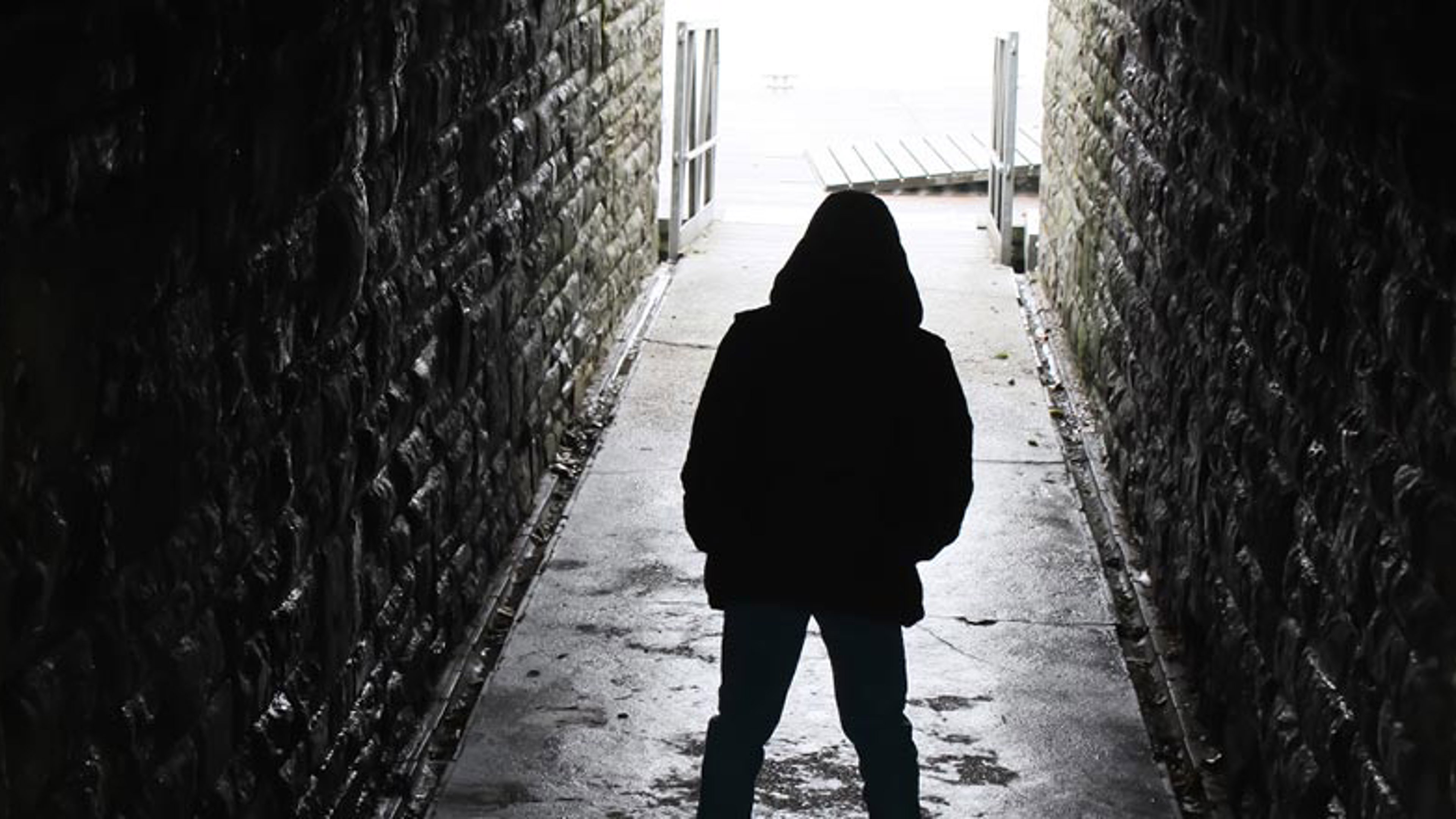Looking for a new role in environmental health?
Whether you're just starting out or ready for your next step, EHN Jobs connects you with the latest opportunities in environmental health across the UK.
Friday, 1 March 2019, Tony Saggers, Director of Stratac Logical (former Head of Drugs Threat and Intelligence for the NCA)

Here we discuss county lines with Tony Saggers, former Head of Drugs Threat and Intelligence, and guest speaker at our Modern Day Slavery network conference in York, about tackling this pertinent issue.
County lines pose a greater threat to public safety than conventional drug dealing, due to the levels of exploitation involved in getting the drugs to market. Heroin and crack cocaine are addictive drugs with daily/multiple use by those dependent on them. Demand is therefore high, and county lines gangs and networks compete to dominate markets.
The use of young people (typically 12-17 years of age) to run the drugs from hub to market (often over long distances), wrap them in tiny deals in ‘trap houses’ (commonly away from their home area), and distribute them to users (not unusually entailing ‘plugging’ them in body orifices), is highly exploitative. Local vulnerable residents are also at risk of being ‘cuckooed’: having their homes taken over from which drugs are supplied, dealers form a base, cash and weapons are stashed and regular drug users attend. Their homes are often multi-occupied by both exploited young people and the controlling dealers.
Young women are at risk of being groomed into the role of ‘girlfriend’, often a very unhealthy position to be in. They are used to stash drugs, cash and weapons in addition to being sexually exploited, often by multiple gang members or having been delivered to a ‘trap house’ to ‘entertain’ those working there.
The risk of violence is ever-present within county lines scenarios, with knife attacks not exclusive but the most common form of serious violence. These situations play out in residences and many will be under the supervision of a private landlord, housing association or local authority.
As part of my work dealing with county lines, I have designed strategic and tactical action plans for multi-agency county-wide responses, with an overwhelming emphasis on coordinated collaboration. The aim is to not simply work towards the same outcomes, but doing so together, utilising other service providers for niche contributions and influences.
County lines is not a 'police problem'. It can often seem this way as the big-hitting headlines tend to follow enforcement activity. However, safeguarding and prevention are key to stemming the flow, and this can only be achieved with high levels of understanding (not just information). This understanding extends to the problem, awareness of statutory opportunities/powers and stakeholder capabilities, and requires the involvement of everyone possessing the confidence and commitment to contribute towards change.
Housing teams can work not only with the police, but also with Youth Offender Teams and safeguarding services. While the police will be interested in intelligence and information regarding a potential county lines situation, they may not always be best placed to respond.
Many counties have a MASH (Multi-Agency Safeguarding Hub) which should be the first port of call for something that poses what is assessed as an imminent risk. Of course, 999 is the option for a live-time scenario where that risk is immediate. All local authorities have Housing Teams, and some are now establishing Multi-Agency Gangs Teams which are all accessible to wider parties.
Dangerous and discarded waste from heroin and crack use is something that may also be identified (in scale, frequency and location) by Housing Teams, and reported to local authorities as this informs the bigger picture of 'supply and use'.
Cuckooing can be spotted by attending a property, observing from another, or by simply spending time in a neighbourhood. There are many signs which need to be understood together, rather than relying on isolated examples, although some may be obvious and require reporting immediately.
Tell-tale signs of cuckooing can include:
The above should be considered in the context of being new or unusual, particularly if it does not match with the expected behaviour of the type of resident.
The following need to be assessed in line with the Housing Team’s experience and expectation at this address:
If any of these are deemed a change, then this is relevant. If it is a new address for visits, consider the potential based upon these multiple factors.
Depending on the assessment of 'urgent', contact should be made with 999 for emergencies, 101 or via a website (to provide the police with general information), the local MASH (if it entails wider safeguarding concerns), through management channels (to pass on your behalf), or CrimeStoppers if there is a genuine concern regarding anonymity.
Well informed guidance needs to be made available to the public and workers within the public domain. It is crucial that there is the confidence to make decisions and inform others, rather than procrastination about what to do, if there are concerns or suspicions.
It is better to speak out and be wrong, rather than hold back and be right. If front line workers gain the confidence (having received good quality insight and rationales), they can become mentors and eyes and ears, passing on the benefits of their experience to colleagues and those they visit, their peers and families.
You can read more about Tony Saggers work on county lines in the National Crime Agency's County Lines Gang Violence, Exploitation & Drug Supply 2016 National Briefing Report.
Our Modern Day Slavery: Collaborating to Tackle Exploitation network conference will be held on 11 March in York.

Looking for a new role in environmental health?
Whether you're just starting out or ready for your next step, EHN Jobs connects you with the latest opportunities in environmental health across the UK.